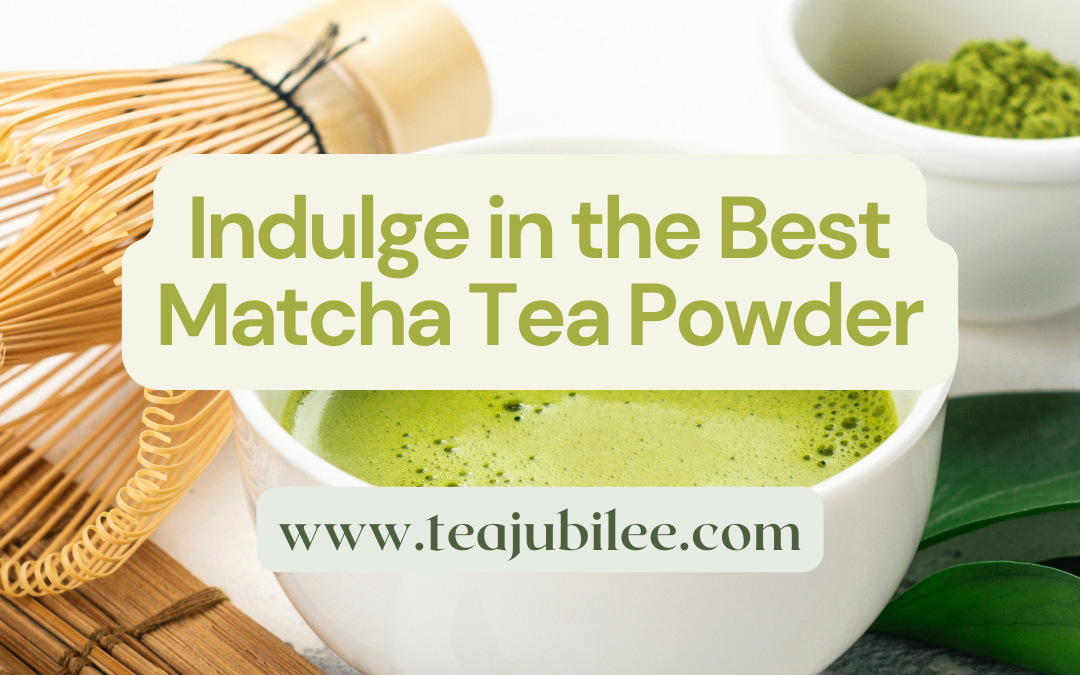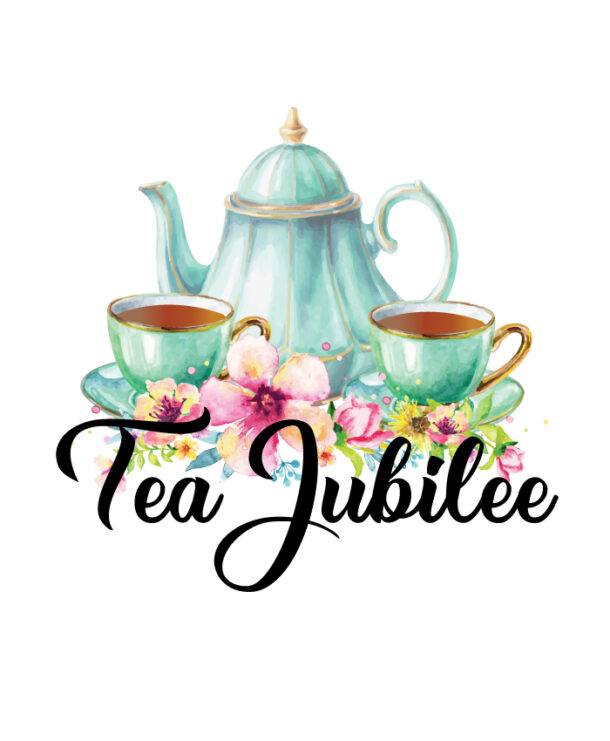==================
A Caveat and Affiliates
First off, a little caveat: within my articles you will find affiliate links, meaning if you buy them, I get a small commission. Your cost is not affected. In addition, I am an Amazon Associate and I earn from qualifying purchases on Amazon.
And yes, if I say that I recommend a product here, it means I truly believe it is a good product. I refuse to recommend any product that I have not researched and believe to be a good value.
Even better, I provide you with a very clear picture of the product, it’s use, and the probable value.
Earning your trust is important to me. I run this website myself and the commissions and donations help support the site.
Sound reasonable and fair enough? Let’s continue to the article.
==================
Contents
The Best Matcha Tea Powder.
Today, I will talk about The Best Matcha Tea Powder, a gem in the world of tea that has captivated hearts with its vibrant hue and multifaceted benefits.
This isn’t just about a beverage; it’s also about a cultural artifact with a history stretching back centuries. Originating from Japan, matcha is a finely ground powder made from specially grown and processed green tea leaves.
Its use was once confined to ceremonial practices, particularly in Zen Buddhism, where it was used in meditative rituals.
You’ll learn matcha isn’t simply an ancient tradition and a modern superfood. Rich in antioxidants, namely catechins, matcha boasts a range of health benefits.
It’s been linked to enhanced brain function, heart health, and weight management. This powerful combination of cultural richness and health-promoting properties has fueled its surge in global popularity. From matcha lattes to health supplements, its presence is now seen far and wide.
A lot is happening very quickly in the world of matcha. What was once a traditional Japanese beverage is now a global phenomenon, popping up in coffee shops, health food stores, and even skincare products.
The matcha trend has transformed from a niche interest into a mainstream delight, embraced by health enthusiasts and epicureans. Its distinct flavor and color have inspired a creative wave in the culinary industry, with matcha finding its way into cakes, ice creams, and cocktails.
Have you ever wondered if all matcha powders are created equal? Guess what? They aren’t. Choosing the best matcha tea powder is akin to selecting a fine wine.
There are subtle nuances that differentiate a superior product from an ordinary one. In the following section, ‘Decoding Matcha Grades: The Key to Quality,’ you’ll learn how to discern these differences and why they matter when selecting your matcha.
Decoding Matcha Grades: The Key to Quality
 Understanding the nuances between different matcha grades is crucial in selecting the best matcha tea. There are generally three grades of matcha: ceremonial, premium, and culinary. While they may all look similar, their differences lie in flavor, texture, and, most importantly, their intended use.
Understanding the nuances between different matcha grades is crucial in selecting the best matcha tea. There are generally three grades of matcha: ceremonial, premium, and culinary. While they may all look similar, their differences lie in flavor, texture, and, most importantly, their intended use.
The ceremonial grade is considered the highest quality and is sourced from the first harvest of green tea leaves. These young leaves offer a naturally sweet flavor profile with a vibrant green color, making them ideal for traditional tea ceremonies where matcha is the star. Opt for this if you’re seeking an authentic and refined tea-drinking experience.
Premium grade matcha is a step-down but still holds a high standard, perfect for everyday consumption. It’s versatile enough for both drinking and culinary use, striking a balance between quality and cost. This grade might resonate with you if you’re looking for a daily dose of matcha without breaking the bank.
On the other hand, Culinary grade is tailored for cooking and baking due to its robust flavor that can hold its own when mixed with other ingredients. Though it’s at a lower price point, don’t underestimate its quality. It could be just what you need for that smoothie, latte, or matcha-infused treat.
So, how do you spot high-quality matcha? Look for a vibrant green hue, indicating the tea has been appropriately shaded before harvest.
Fine texture is another telltale sign most apparent when you sift the powder; high-quality matcha should be silky, not coarse. The origin also plays a role; matcha from Japan is often seen as the gold standard, so check for specific regions like Uji or Nishio on the label.
Finding Your Match(a): How to Pick the Perfect Powder
 The array of choices can be overwhelming when searching for the best matcha powder. I will walk you through how you can sift through the options to find the one that’s tailor-made for your needs and taste buds.
The array of choices can be overwhelming when searching for the best matcha powder. I will walk you through how you can sift through the options to find the one that’s tailor-made for your needs and taste buds.
Start by considering how you plan to use your matcha. Are you a purist who savors it in a steaming cup, or do you love to sprinkle it over your morning oatmeal?
Knowing whether you’ll use it predominantly for drinking or cooking can guide you toward the correct grade. Ceremonial grade is best for a traditional cup of matcha, while culinary grade can match the flavors in cooking and baking.
Next, turn your attention to the label on the package. Here, you’ll find clues about the quality of the product.
Look for matcha that boasts a vibrant green color and a fine, silky texture, which indicates that shade-grown tea is more vital in flavor and nutrients. If the matcha is from Japan, check for specific regions known for quality, like Uji or Nishio.
I also want to emphasize the importance of certifications. Organic certifications assure product purity, while JAS (Japanese Agricultural Standard) or USDA (United States Department of Agriculture) stickers signal adherence to stringent regulations. These details matter because they reflect the care and conditions in which the matcha was produced.
Ultimately, the best way to secure matcha that you love is to taste it. Many specialty shops offer samples, or you could start with a small purchase to do a taste test at home. Your palate will thank you for the attention to detail when you take your first sip of a wonderfully matched matcha.
Don’t worry too much about picking ‘the perfect’ matcha on your first try; preference is subjective, and your taste may evolve. Choose something that resonates with you, and you can constantly adjust your approach.
The Ethical Sip: Sustainability and Sourcing in Matcha Production
 You might not realize it, but your cup of matcha holds more than just a warm, energizing beverage – it carries a story of where and how it came to be.
You might not realize it, but your cup of matcha holds more than just a warm, energizing beverage – it carries a story of where and how it came to be.
The production process of matcha isn’t just about creating a quality product; it’s deeply intertwined with the environmental and ethical practices behind its cultivation.
Now, I will tell you something important: sustainability is a massive deal in the tea industry. Matcha cultivation can have significant environmental impacts if done without care.
High-quality matcha typically comes from Japan, where some farmers use traditional methods that protect the land’s biodiversity.
When picking your perfect matcha powder, consider looking for certifications like organic and fair trade. These labels assure you that the tea was grown without harmful chemicals and that the farmers who poured their labor into it were compensated fairly. It’s not just better for the planet; it often translates into purer, better-tasting matcha.
Sourcing ethically produced matcha isn’t just a feel-good choice; it’s a commitment to supporting farming practices that prioritize the planet’s and people’s health. Your choice can contribute to maintaining cultural traditions, supporting local communities, and promoting biodiversity.
As you ponder your choice, remember that every sip can be a small but meaningful step towards a more sustainable world. And once you’ve made that choice, you’re ready to move on to the delightful process of brewing the perfect match—you guessed it—matcha!
Brewing Perfection: Preparing and Enjoying Matcha at Home
Now that you’ve navigated the rich landscape of matcha and landed on the one that resonates with you, it’s time to bring your favorite green powder to life in the comfort of your kitchen.
First things first, let’s talk about what you’ll need. You don’t have to be a traditionalist to enjoy matcha, but having a bamboo whisk (chasen), a sifter, and a matcha bowl (chawan) can create an authentic experience.
I’m going to walk you through making that perfect cup of matcha. Picture this: you sift your vibrant green powder to avoid lumps, then whisk it with water just below boiling point until it’s frothy and full of life.
Don’t worry too much about mastering the technique on your first go. Practice makes perfect.
If you want to shake things up, don’t feel confined to drinking matcha. It’s incredibly versatile. Add it to your morning smoothies, pancake batter, or cookie dough. The subtle depth of flavor and nutrient boost it provides can elevate your culinary creations.
And remember, your first attempt doesn’t need to be your last. You can constantly adjust your approach as you refine your taste and technique. A lot is happening very quickly in the world of matcha, so stay curious and keep experimenting with new ways to enjoy it.
I hope you feel equipped and inspired to dive into the art of matcha. Whether for the health benefits, the love of the ritual, or simply the unique taste, there’s a lot of joy to be discovered in that little bowl of green goodness. Go ahead and give it a whisk; the perfect cup of matcha awaits you.

More from Tea Jubilee.
7 Delicious Matcha Recipes To Try Today
The Benefits of Japanese Matcha Tea
And that’s all for today; thank you for taking the time to read my post about The Best Matcha Tea Powder. I would love to hear from you and what you think of this post. Comment below your thoughts, and I would gladly help you if you had any questions about Matcha.
Have A Great day!




